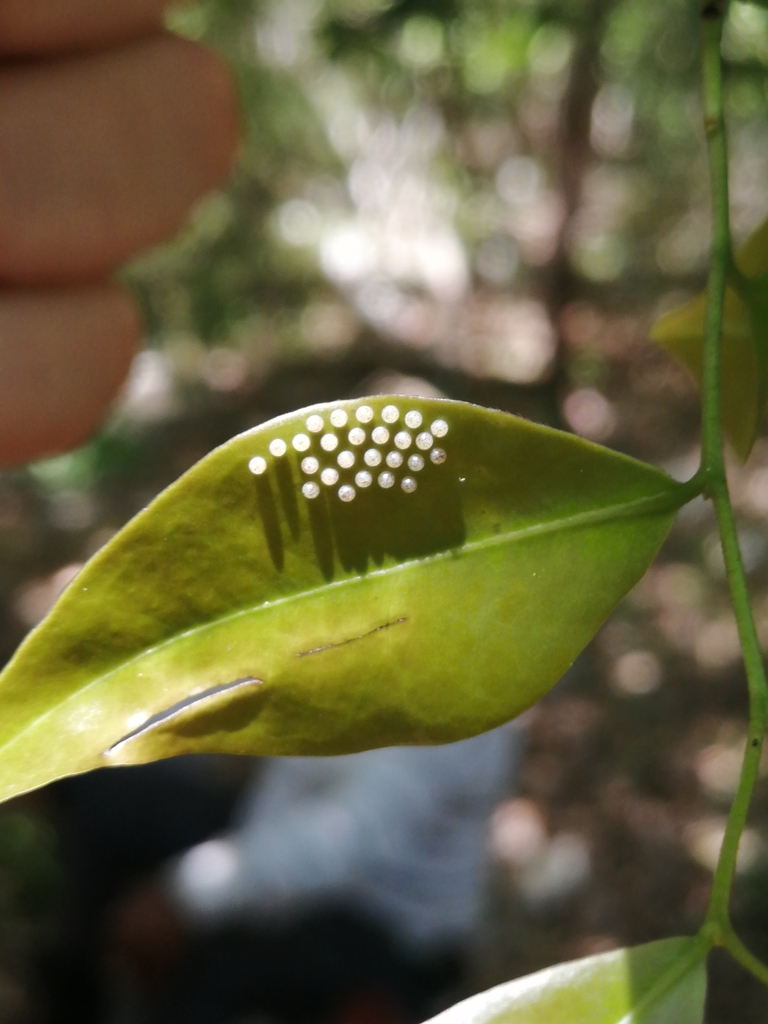Eurytides zonaria is called the Hispaniolan (or Haitian) Kite because it is native to Hispaniola island. Most information about it online comes from the half of the island known as the Dominican Republic. It is sometimes found on other northern Caribbean islands and in Florida. It looks almost like a Zebra Swallowtail, only different.
Adult butterflies are primarily pollinators.
This photo by Pedrogenarorodriguez is one of several documenting that zonaria sip nectar from, and thus pollinate, many semitropical flowers.
It's not hard to find or photograph, but little written information about it has been digitized. The usual bickering has gone on about whether to call it Eurytides, Neographium, or Protographium (and originally it was called Papilio zonaria). Real scientists go out and learn facts about living creatures, and then there are the bores who mooch around at universities quibbling about how they might have evolved out of some other species of living creatures, yeah right. More information is available for ?Eurytides but I checked all three names while writing this post, The IUCN says that it's not known to be threatened, but since it's not actually well known at all, more research is needed.
Papilio zonaria was identified and described, in 1782, as "alis caudatis, nigris, viridi fasciatis maculatisque, posticis subtus linea sanguine." Remarkably little has been added to this description over the years. Walter Rothschild thought some attempts at a more detailed description had confused zonaria with E. marcellinus, E. philolaus, and/or E. celadon, which also have dark wings streaked with a pale color that looks white, blue or green in some lights.
As an example of how poorly known this species is, it's been the subject of one of the great postage-printing errors of all time. The name Eurytides zonaria appears on this stamp...
Nicer than some other Kites, these butterflies live in family groups as young caterpillars, and sip water from the same puddles as adults. Mother zonarias don't have to wear themselves out finding a separate host plant for each egg.
Photo by Jimu96, taken in August. Nobody at Inaturalist was positive about identifying the host plant.






No comments:
Post a Comment